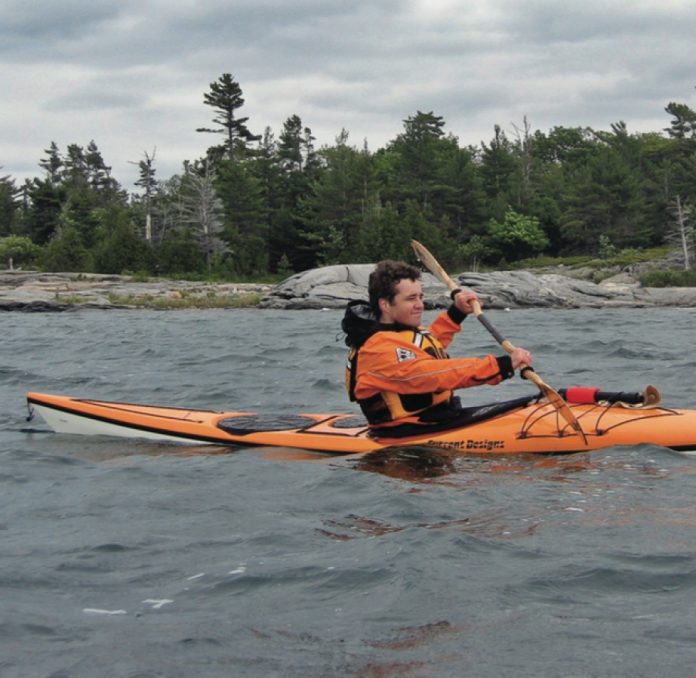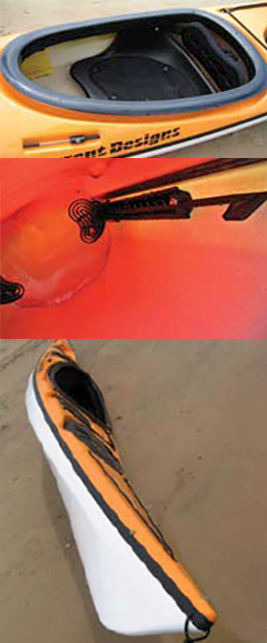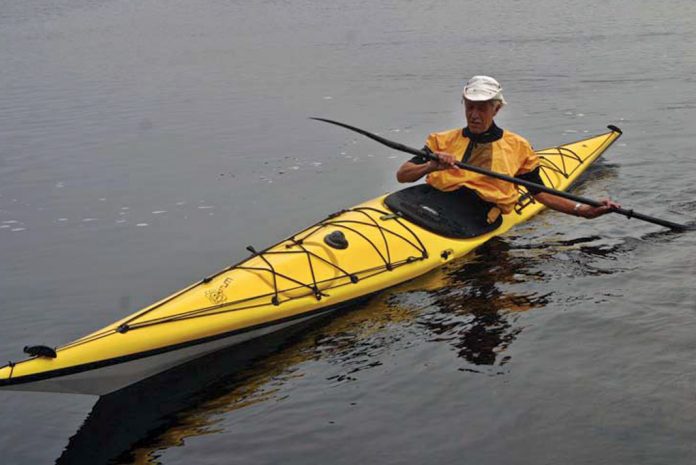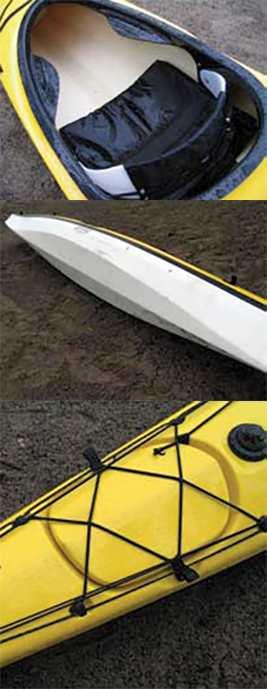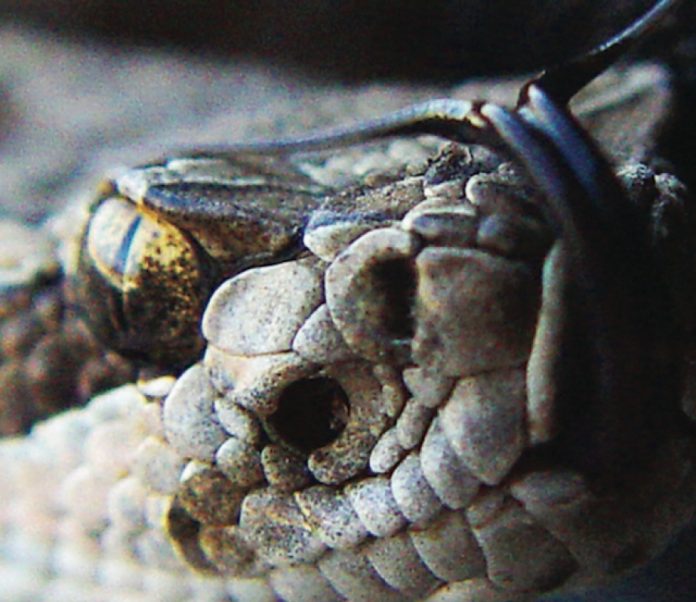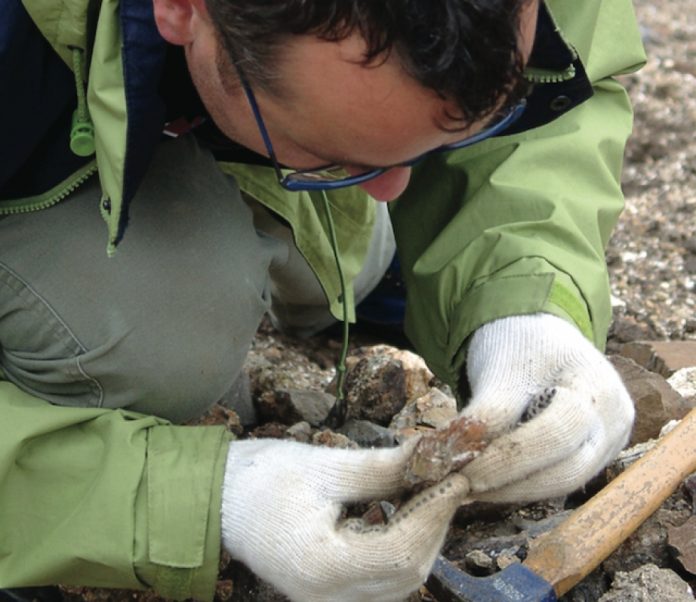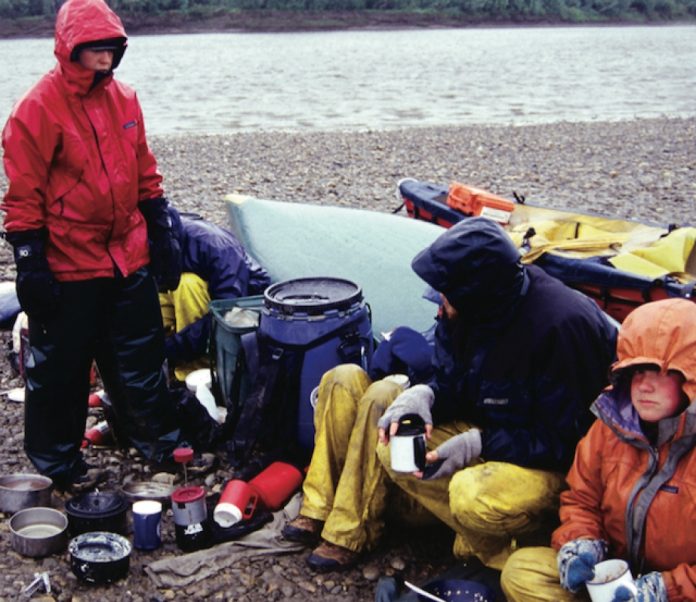To be more accurate, the subtitle should read, “the fastest solo or tandem canoe you’re unlikely to paddle unless you order one or sleep with one of the 35 people who did.” The Prowler is built of fiberglass and Kevlar and there is a two-month wait time to replace it, so they are sweetly cherished and heavily guarded. With only six weeks before the 2008 ACA Open Canoe Slalom Nationals your chances of getting one to take for a spin are slim.
John Kazimierczyk, or just Kaz, chief cook and bottle washer at Millbrook Boats designed and built the first Prowler back in 1993. He was looking for a tandem boat, a boat he says would be comfortable for a variety of different people and knowing Kaz, a boat that would be fast.
“Some people say 15 feet is too long for a tandem. In big waves, all 15 feet of this boat are working. The length adds buoyancy and speed. The rocker and narrowness help make it turn on command.”
Many of those who paddle the Prowler say it handles more like a 13-foot boat.
Millbrook Boats Prowler Specs
Length:15’1”
Width: 27”
Depth: 16”
Weight: 35 lbs, no outfitting
MSRP: $1,350 USD, no outfitting
The Prowler is a serious slalom racing or river-running canoe with a flattish shallow arch like Kaz’s Howler, but it’s a boat he says is faster and has more control.
What’s a Howler? His website says, “One of the most radical whitewater canoes ever designed. Similar characteristics of the Hooter.”
What’s a Hooter? “A wider variation of the Kyote. Stable, dry and fast.” A trip to the Millbrook website is like a trip through the evolution of slalom open canoe design, complete with grainy, washed-out photos and Ace helmets. If you’re not familiar with any of these ancient designs you might say the Prowler has similar lines to the Spark—a joint project between Millbrook and Esquif.
Like the Spark, the Prowler is more stable with speed than it is while strapping yourself in—wobble, wobble, splash. It’s a boat that is paddled from the bow.
“Almost every bow power stroke has some degree of steering stroke to it,” says Brian Shields, the proud co-owner of the most recent Prowler built. His partner Gail Shields paddles with Kazimierczyk at Nationals and says, “The first time I paddled with him, he put me in the stern and told me to not let my end of the boat touch any gates.” He drives, you’re just the power.
Screaming into eddies faster than ever before it is easy to over-tilt the Prowler. Big mistake. With big tilts you’ll fall over, like we did. The Prowler is best controlled with subtle turning strokes and precise edge control, including off-side tilts to stick and pivot the long carving hull. It is always better to carry speed through eddies, but at only 35 pounds it’s no problem for two paddlers to make the Prowler leap up through gates. If you’ve never experienced a light and lively whitewater composite whitewater canoe, it’s a real treat.
The best place to check out a Prowler will be at the Gull River in Minden, Ontario, August 1 and 2, where the OC Nationals return for the second time in six years. Over the years, the Prowler has won more than 60 national titles and is still unbeatable. You’ll see old ones and new ones, red ones and blue ones; just don’t expect anyone to let you try one… at least until the race is over.



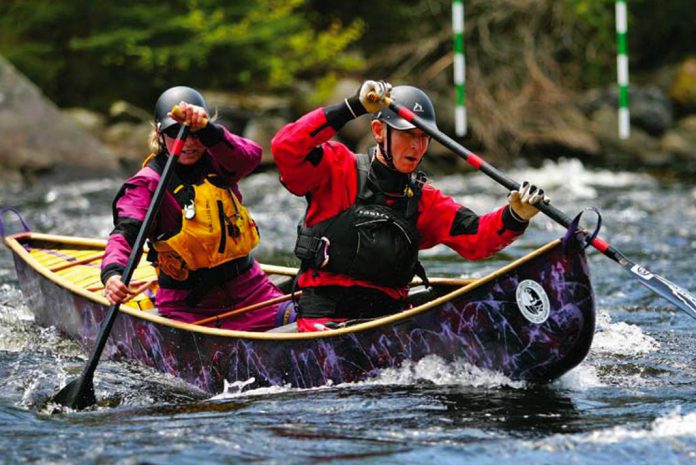
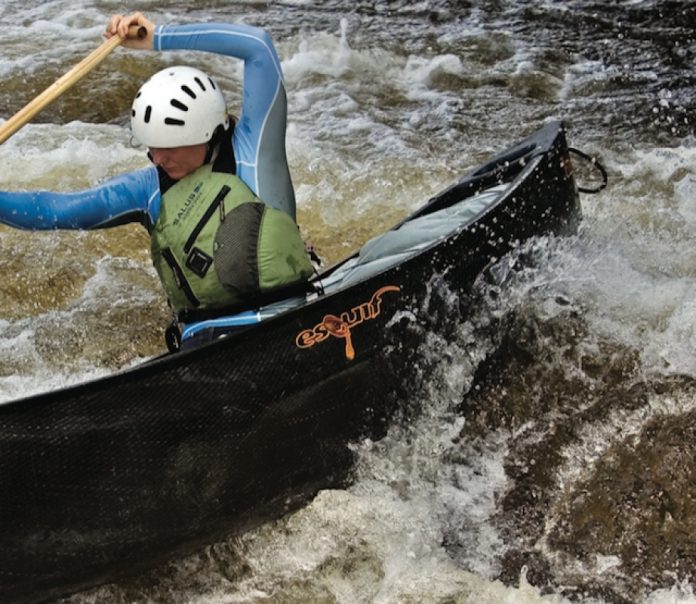
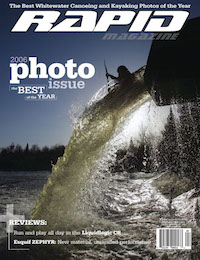 This article first appeared in the Fall 2006 issue of Rapid Magazine. For more great boat reviews, subscribe to Rapid’s print and digital editions
This article first appeared in the Fall 2006 issue of Rapid Magazine. For more great boat reviews, subscribe to Rapid’s print and digital editions 